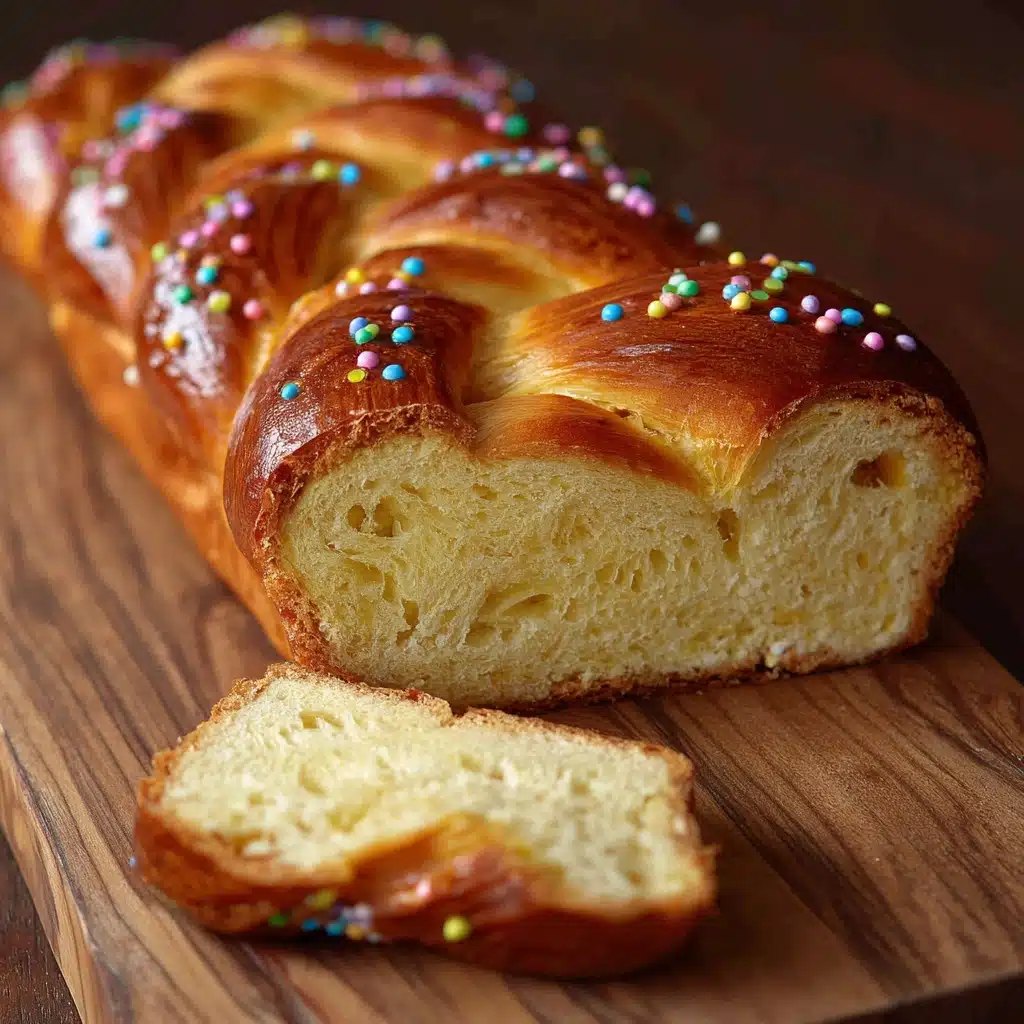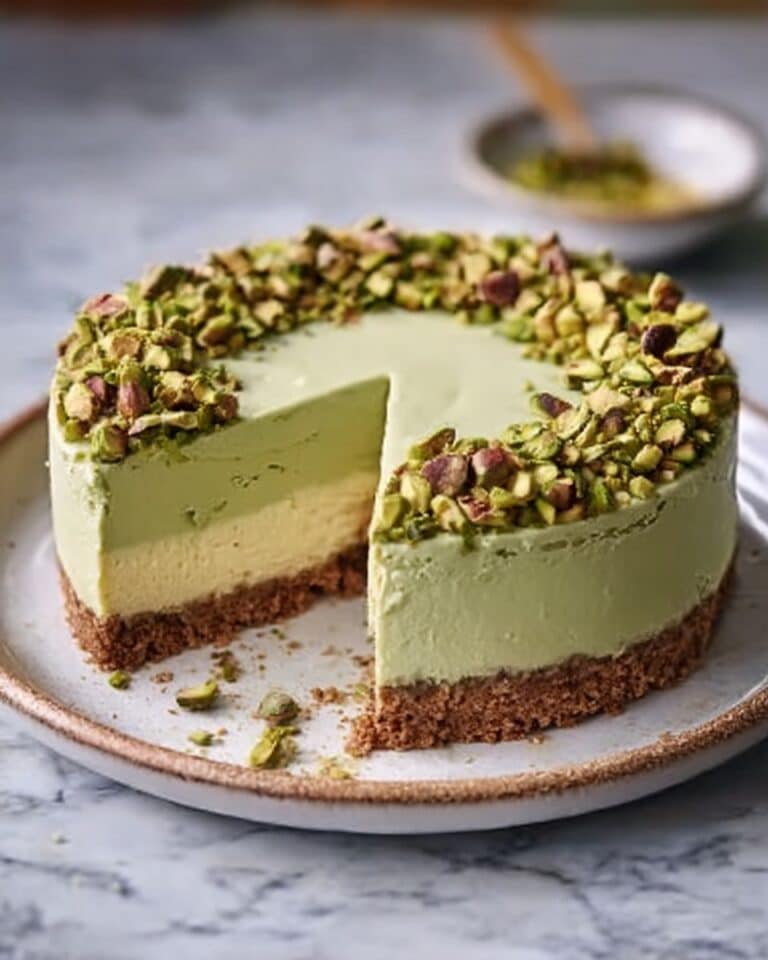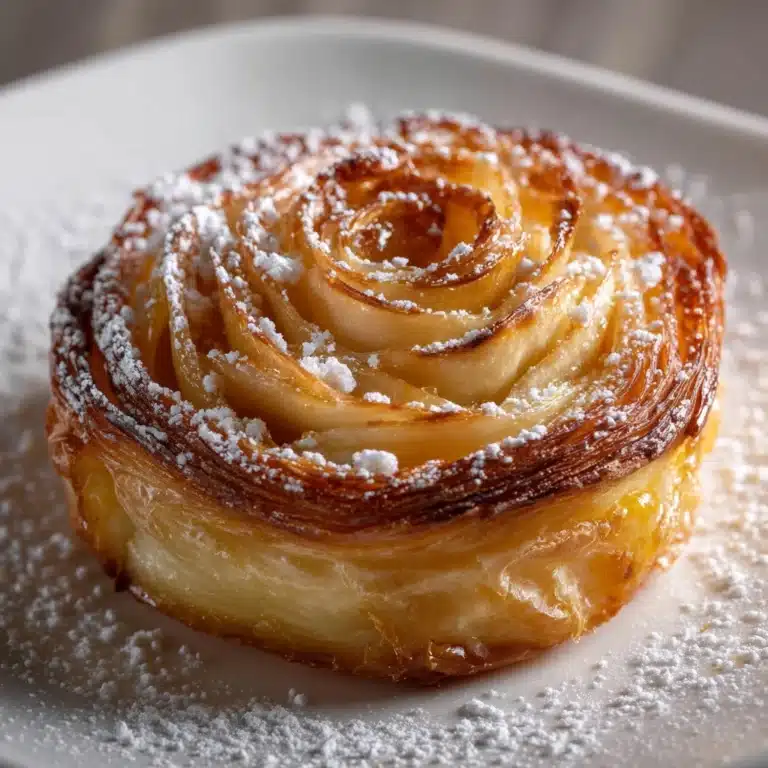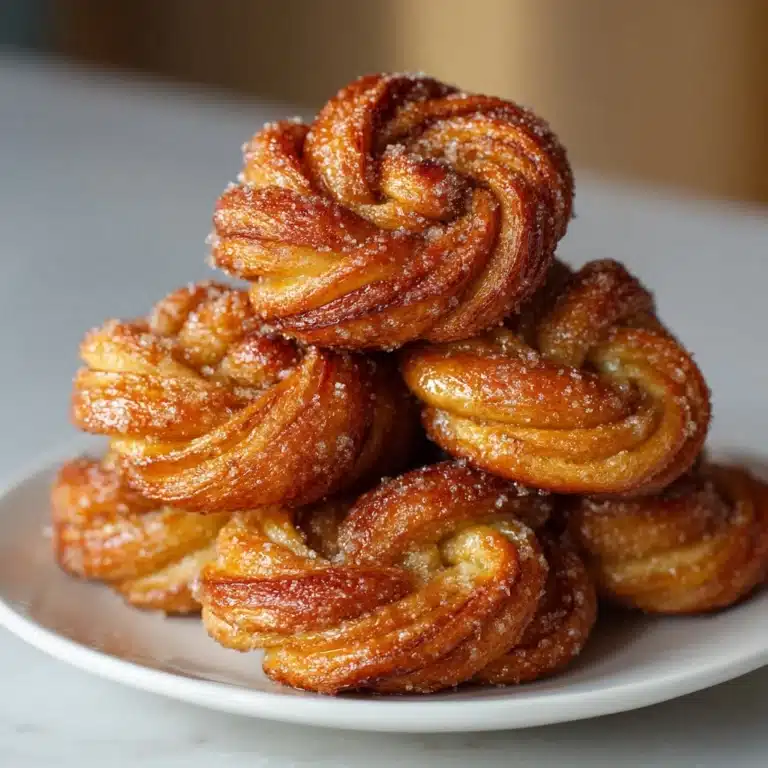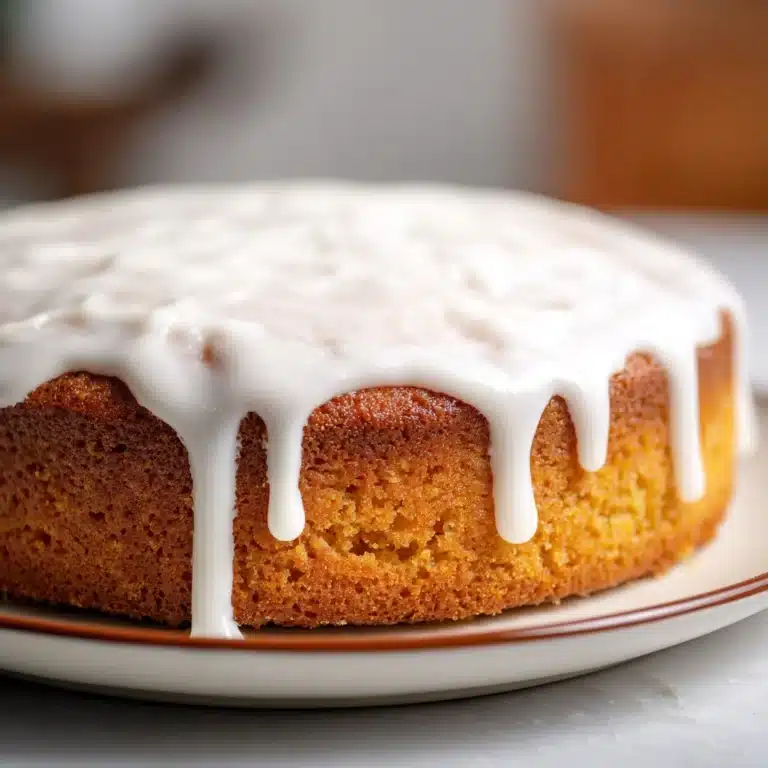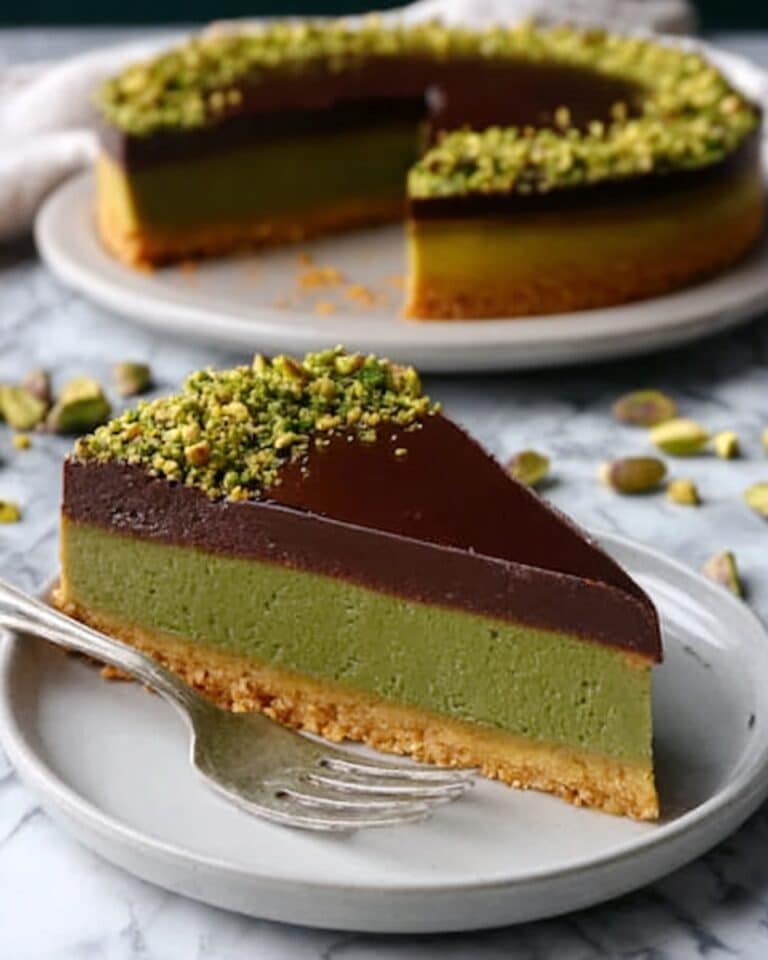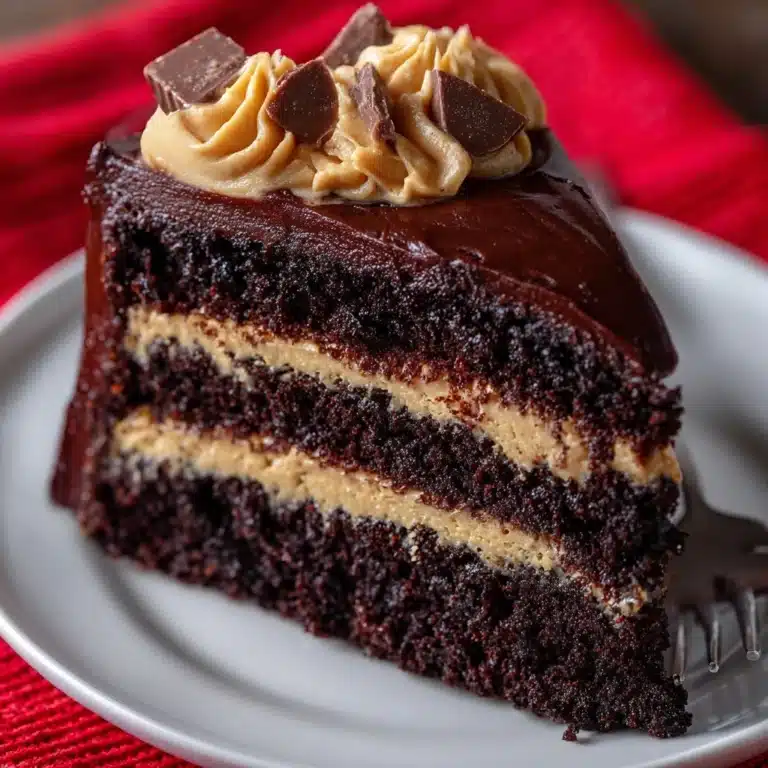There’s something magical about gathering in the kitchen to shape a beautiful, aromatic loaf of Italian Ricotta Easter Bread. This classic springtime treat boasts a soft, tender crumb and delicate citrus notes, all wrapped up in a gorgeously braided wreath that’s as joyful to look at as it is to eat. With its festive sprinkles and traditional dyed eggs, this bread has graced Italian Easter tables for generations, bringing families together and making memories with each slice. Whether you’re carrying on a beloved tradition or baking it for the first time, Italian Ricotta Easter Bread is sure to steal the spotlight at your holiday brunch.
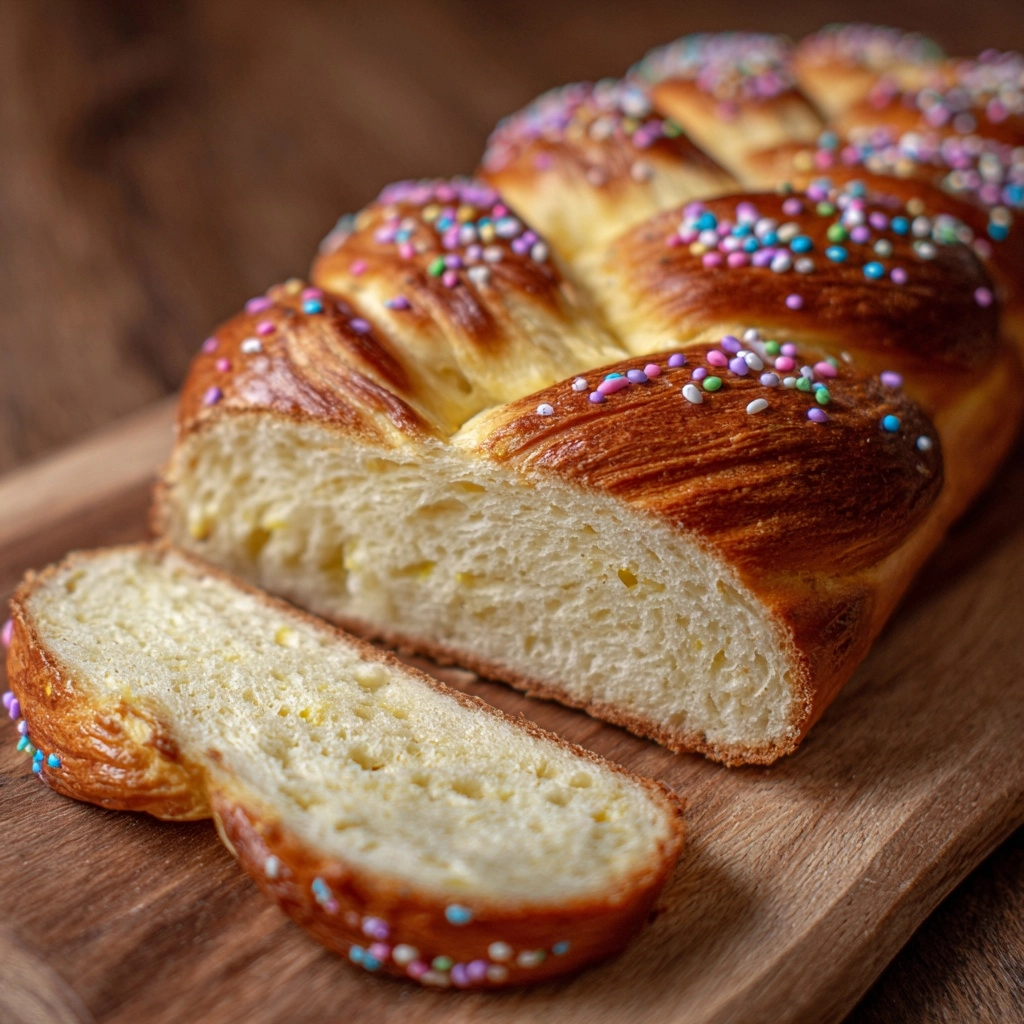
Ingredients You’ll Need
Every ingredient in Italian Ricotta Easter Bread plays a key role, blending simplicity with delicious results. The combination of fresh citrus, creamy ricotta, and a classic bread base creates a loaf bursting with flavor, color, and irresistible aroma.
- All-purpose flour: The foundation that provides structure and gives the bread its perfect chew.
- Granulated sugar: Just enough to sweeten the loaf and balance the citrus and ricotta flavors.
- Active dry yeast: For that essential rise and pillowy, bready texture—make sure it’s fresh for best results.
- Salt: Enhances the other flavors and keeps things from tasting flat.
- Whole milk, warmed: Activates the yeast and enriches the dough for extra tenderness.
- Unsalted butter, melted: Infuses the loaf with moisture and buttery richness.
- Large eggs, room temperature: Provide structure and a gorgeous golden color to the bread.
- Vanilla extract: Adds warm, sweet depth that ties all the flavors together.
- Ricotta cheese: Secretly makes everything softer and ultra-moist with a slight creaminess.
- Lemon zest: Brightens the loaf with fresh, zippy flavor.
- Orange zest: Offers sweet floral notes that complement the lemon and ricotta.
- Colored sprinkles for decorating: Because every Italian Ricotta Easter Bread deserves to be festive!
- Egg, beaten (for egg wash): Gives the bread that signature shiny, golden crust.
- Dyed raw eggs (optional): Tucked into the braid, these are the classic Easter touch—plus they cook perfectly in the oven.
How to Make Italian Ricotta Easter Bread
Step 1: Activate the Yeast
Begin by dissolving your active dry yeast into the warm milk in a small bowl. Let it sit for about 5 minutes, until it’s delicately foamy on top. This little act of patience ensures your Italian Ricotta Easter Bread rises beautifully and bakes up light and fluffy.
Step 2: Mix the Dry Ingredients
In a large mixing bowl, whisk together your flour, sugar, and salt. This helps evenly distribute the salt and sugar, preventing any pockets of flavor—or lack thereof—when you bite into your finished loaf.
Step 3: Combine Wet Ingredients
Make a well in the center of your dry mixture and pile in the yeast mixture, melted butter, eggs, vanilla, ricotta cheese, lemon zest, and orange zest. Stir everything together until it’s just combined and a soft dough begins to take shape. It might seem sticky, but that’s the ricotta magic at work!
Step 4: Knead the Dough
Transfer your dough to a floured surface and dive in with your hands, kneading for 8 to 10 minutes until it feels smooth, elastic, and just a little tacky. Add a bit more flour along the way if needed, but try not to overdo it—remember, you want a tender crumb.
Step 5: First Rise
Place the dough in a greased bowl and cover it with plastic wrap or a clean towel. Find a cozy, warm spot in your kitchen and let the dough rest until it doubles in size, which usually takes about 1 to 2 hours. This transformation is where the loaf develops all its wonderful airy texture.
Step 6: Shape and Braid
Punch down your risen dough, then cut it into three equal pieces. Roll each piece into a long rope, then braid them together—just think classic three-strand braid. Curve your braid into a circle or wreath and nestle it onto a parchment-lined baking sheet.
Step 7: Add Dyed Eggs (Optional) and Second Rise
For a traditional Italian Ricotta Easter Bread, nestle your (uncooked but dyed) eggs into the braid, spacing them evenly. Cover and let your masterpiece rise for another 30 to 45 minutes, giving it one last burst of pillowy lift.
Step 8: Egg Wash and Decorate
Right before baking, brush the entire surface with your beaten egg to get that dreamy, glossy finish. Scatter on those colored sprinkles—there’s no such thing as too festive here!
Step 9: Bake and Cool
Bake your bread at 350°F for 25 to 30 minutes, or until it’s golden and sounds slightly hollow when tapped. Let it cool completely on a wire rack before slicing. The wait is tough, but totally worth it for the best texture and flavor.
How to Serve Italian Ricotta Easter Bread
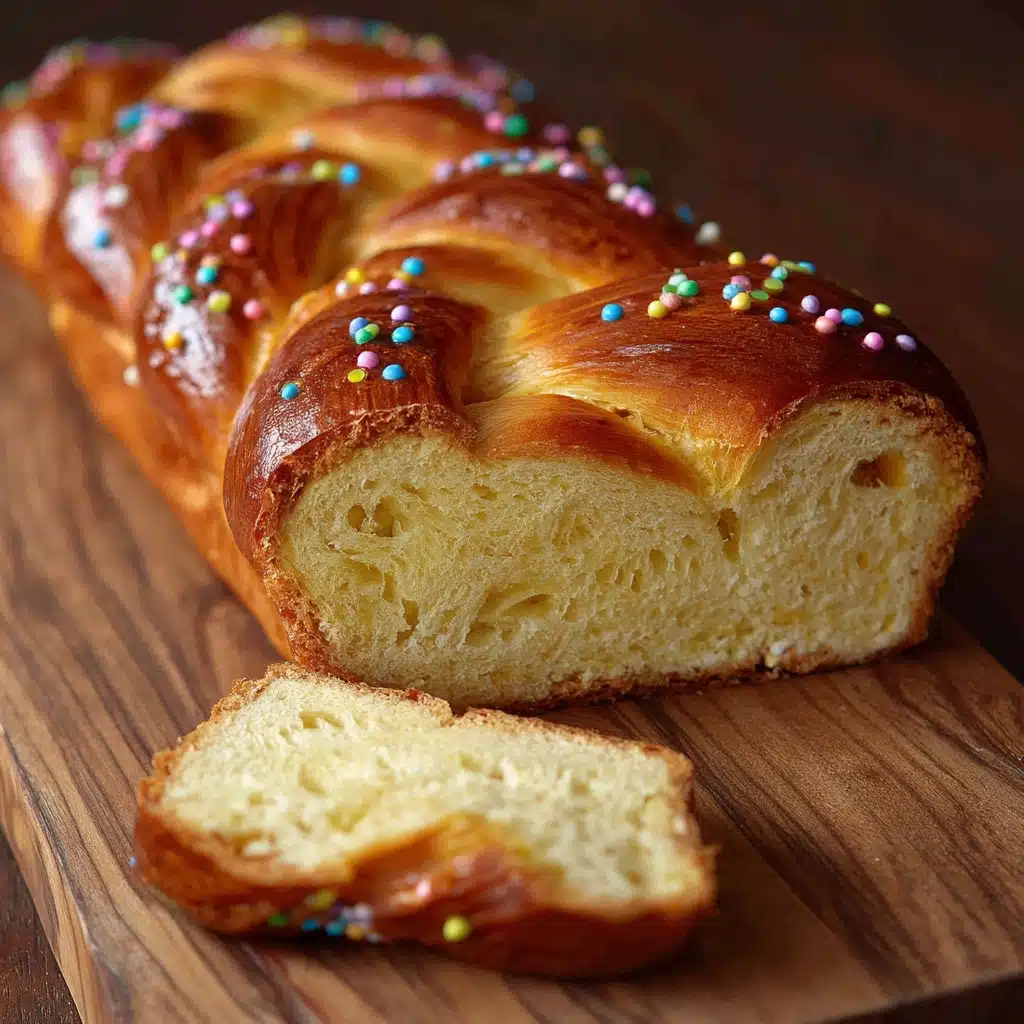
Garnishes
A light dusting of powdered sugar right before serving adds an extra bit of elegance, or you can keep it playful with additional sprinkles for a pop of color. For a more sophisticated touch, a drizzle of simple lemon glaze elevates your Italian Ricotta Easter Bread to brunch-party status.
Side Dishes
While this bread is certainly a star on its own, it’s even better alongside a bright spring salad, a platter of fresh fruit, or classic antipasto like marinated olives and cheeses. And don’t forget an espresso or sweet Italian coffee to perfectly round out your table.
Creative Ways to Present
Show off your Italian Ricotta Easter Bread in the center of your table, nestling it on a large board decorated with seasonal flowers or sprigs of rosemary. Slice it at the table for dramatic flair, or turn individual slices into the base for a decadent sweet French toast the next morning. For kids, mini wreaths or braided rolls make a whimsical twist!
Make Ahead and Storage
Storing Leftovers
Wrap any leftover bread tightly in plastic wrap or stash it in an airtight container at room temperature. It will stay fresh and moist for up to 3 days, making it just as exciting for weekday breakfasts as it is at your holiday feast.
Freezing
To keep Italian Ricotta Easter Bread even longer, freeze slices or the entire loaf (without dyed eggs) tightly wrapped in plastic and foil. Freeze for up to 2 months—just let it thaw at room temperature overnight and enjoy as if it were freshly baked.
Reheating
Gently warm individual slices in a toaster or the oven at 300°F for just a few minutes. This brings back that perfect just-baked softness and revives the lovely citrus aroma that makes every bite irresistible.
FAQs
Can I use instant yeast instead of active dry yeast?
Yes, you can swap instant yeast for active dry yeast in this recipe. Just add it directly to your dry ingredients, and you’ll save a little time since you don’t need to dissolve it first.
Is it necessary to use both lemon and orange zest?
While you could use just one, both zests add a unique burst of flavor that makes Italian Ricotta Easter Bread so memorable. If you’re short on one, doubling the other can still give you delicious results.
Are the dyed eggs safe to eat after baking?
Absolutely! The eggs cook right along with the bread in the oven. Just be sure to use food-safe dye and thoroughly wash the eggs before nestling them into the dough.
Can I make Italian Ricotta Easter Bread ahead of time?
Yes, you can braid and shape the bread, then cover and refrigerate it overnight. The next day, let it come to room temperature and rise before baking for a stress-free holiday morning.
Why is my bread not as soft as expected?
If your loaf turns out a bit dense, it might be from over-kneading or using too much extra flour during shaping. Next time, try to add flour just sparingly and knead only until the dough is elastic and just smooth.
Final Thoughts
There’s no better way to celebrate spring and Easter than by baking a loaf of Italian Ricotta Easter Bread. Every slice is packed with sweet flavor, tender crumb, and joyful tradition. Gather your favorite people, share this beautiful bread, and make your own holiday memories—one colorful slice at a time.
Print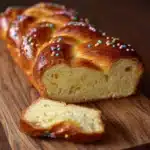
Italian Ricotta Easter Bread Recipe
- Total Time: 3 hours (including rising time)
- Yield: 1 loaf 1x
- Diet: Vegetarian
Description
Celebrate Easter with this delightful Italian Ricotta Easter Bread. This festive and flavorful bread is a traditional treat that’s perfect for sharing with family and friends.
Ingredients
Dough:
- 4 cups all-purpose flour
- 1/2 cup granulated sugar
- 2 1/4 teaspoons active dry yeast (1 packet)
- 1/2 teaspoon salt
- 1 cup whole milk, warmed (110°F)
- 1/4 cup unsalted butter, melted
- 3 large eggs, room temperature
- 1 teaspoon vanilla extract
- 1/2 cup ricotta cheese
- 1 teaspoon lemon zest
- 1 teaspoon orange zest
Decoration:
- Colored sprinkles for decorating
- 1 egg, beaten (for egg wash)
- 6 dyed raw eggs (optional, for traditional decoration)
Instructions
- Dissolve Yeast: In a small bowl, dissolve the yeast in warm milk and let sit for 5 minutes until foamy.
- Mix Dough: Whisk together flour, sugar, and salt. Add yeast mixture, melted butter, eggs, vanilla extract, ricotta cheese, lemon zest, and orange zest. Mix until a soft dough forms.
- Knead and Rise: Knead dough on a floured surface for 8–10 minutes. Let rise until doubled in size, about 1–2 hours.
- Shape Dough: Divide dough, braid into a wreath shape, and place on a baking sheet. Insert dyed eggs if desired.
- Final Rise and Bake: Let rise again, brush with egg wash, sprinkle with colored sprinkles, and bake at 350°F for 25–30 minutes.
- Cool and Serve: Cool on a wire rack before slicing and serving.
Notes
- The dyed eggs cook while the bread bakes and are safe to eat if desired.
- Store any leftover bread tightly wrapped at room temperature for up to 3 days.
- Prep Time: 30 minutes
- Cook Time: 30 minutes
- Category: Bread
- Method: Baking
- Cuisine: Italian
Nutrition
- Serving Size: 1 slice
- Calories: 210
- Sugar: 6g
- Sodium: 130mg
- Fat: 6g
- Saturated Fat: 3g
- Unsaturated Fat: 2g
- Trans Fat: 0g
- Carbohydrates: 33g
- Fiber: 1g
- Protein: 6g
- Cholesterol: 55mg
